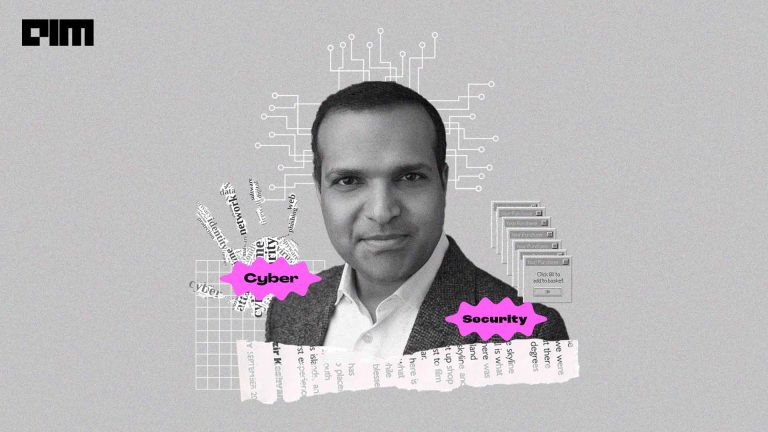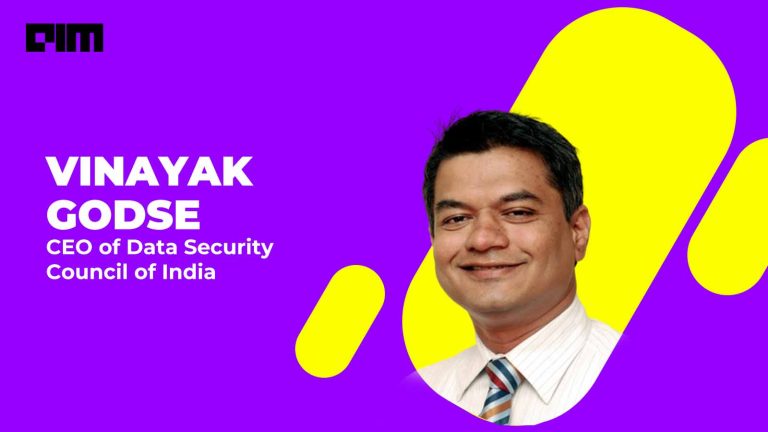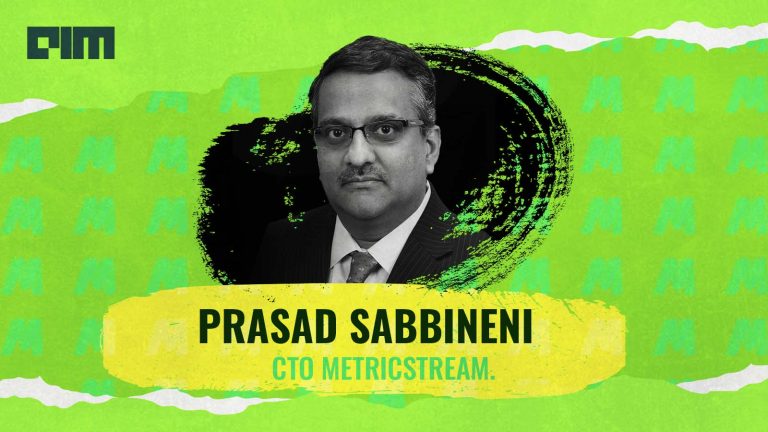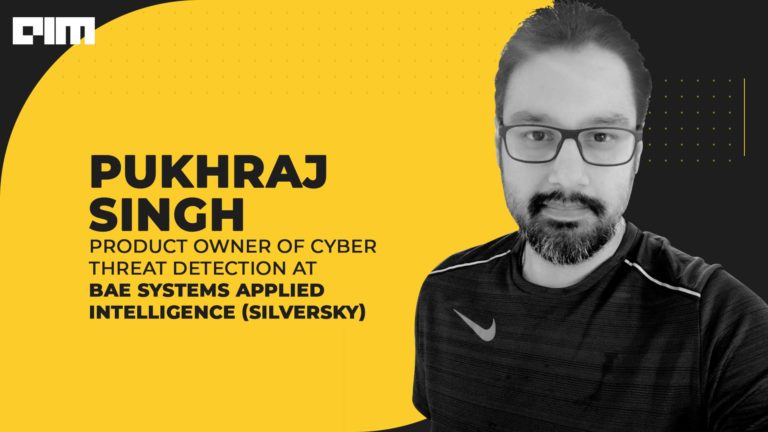|
Listen to this story
|
The growing danger of cyber attacks and data breaches is a two-fold risk: not only have attacks multiplied in numbers, hackers are using more sophisticated technology to penetrate security walls. Cybersecurity has become top-of-the-order concern for most companies in this age with a simultaneous expansion of the cybersecurity sector. To keep up with changing times, InstaSafe Technologies can deploy their single-cloud, easily scalable cybersecurity software in a matter of minutes.
In an interaction with the co-founder and CEO Sandip Panda, Analytics India Magazine discussed how InstaSafe is coping with advanced threats and how Zero Trust may be the answer.
AIM: What is Zero Trust security? How does it help you provide fool-proof cyber security to companies?
Sandip: In the wake of the pandemic, we have witnessed a swift shift to remote working to make it convenient for employees to work from anywhere in the world. For businesses with remote workers, technologies like VPN and firewalls have been the primary way to enable connectivity and enforce security. However, traditional VPNs don’t meet the needs of modern organisations and security has become a major concern. Over time, the technology began to counter the previously designed VPNs as they expose entire networks to threats like malware, DDoS attacks, and spoofing attacks. Once an attacker has breached the network through a compromised device, the entire network can be tripped down.
However, since 2010, we have seen a massive rise in the adoption of the zero trust model after John Kindervag, a Principal Analyst from Forrester presented his research on Zero Trust Network Architecture.
This approach addresses the challenges in legacy VPN solutions by limiting lateral movement and denying access requests. This has been made possible with the help of SDP (software-defined perimeter), a network architecture that implements zero-trust principles to provide more secure remote access than VPNs. Zero Trust is a cloud-delivered solution that is easy to deploy and scale. Businesses can adopt a granular access control policy and frame a security framework for BYOD policy with a Zero Trust solution.
AIM: Where does India’s cybersecurity sector stand and what does it need to do to mitigate big cyber attacks?
Sandip:
According to Computer Weekly Data, revenues from cybersecurity products and services in India reached USD 156.3 billion in 2022. Furthermore, since the adoption of 5G and the rise of new-age startups, the nation is expected to witness a trend of rapid digitisation and regulatory attention on data and privacy. This would indicate that there’s a great opportunity for the country’s cybersecurity sector.
While India is making quick progress towards its digital goals, cybersecurity is still a problem because it relies on linked networks and systems. Currently, this is being tackled with the help of the implementation of the Zero Trust Application Security model to prevent unauthorised user access, enhance network visibility, simplify access control policies, and improve the overall effectiveness of one’s network security.
While it’s crucial to implement Zero Trust Security and educate and empower employees to implement secure application access solutions, it is also important to understand that India is often one of the most vulnerable nations online, therefore securing vital assets depends on its cybersecurity resiliency. Currently, a multifaceted defence is in the works to meet this threat.
AIM: How would you describe InstaSafe’s journey?
Sandip: Founded in the year 2012, InstaSafe’s vision is to provide cloud-based security solutions to businesses. Our startup has identified a gap in the secure remote access which was largely served by legacy hardware-based VPN solutions. With the cloud transformation, InstaSafe has tapped into the market with a more simplified and secure solution through the Zero Trust model. Additionally, in 2021, we received the ‘Security Product Company of the Year’ from the Data Security Council of India (DSCI).
AIM: How many companies use InstaSafe and how many of these companies are from India?
Sandip: Today, they have over 150 customers from the enterprise sector to the SME segment spread across IT/ITES, retail, logistics, e-commerce, and financial services.
Currently, InstaSafe is securing over five lakh endpoints with our customers being distributed across the US, EMEA, and Asia Pacific regions. Their growth has helped them get recognised by companies like Deloitte, Gartner, HewlettPackard Enterprise.
AIM: How has the market evolved for InstaSafe in India?
Sandip: The Global Zero Trust Security market size is expected to reach USD 54.6 billion by 2026, rising at a market growth of 18.8% CAGR during the forecast period. As India ranks third globally in terms of cyber breaches, InstaSafe has changed their pre-existing security model.
The hybrid work environment is the new reality and with the increase in cloud adoption in the country, the adoption of Zero Trust is expected to grow significantly.
AIM: What are the new trends and developments we are going to witness in the cybersecurity space in the coming years?
Sandip: Data, be it personal or professional, has always been a potential risk around the world and safeguarding it has become increasingly important. Any tiny defect or flaw in your computer’s software or browser could allow hackers access to your sensitive data. Due to the lack of data protection along with the cultural changes in working environments, we have been witness to a huge spike of data breaches from sources that are common in the workplace.
To counter these, AI/ML has been adopted in all segments and this has brought a sea change in the area of cybersecurity. However, on the flipside, AI is also used to orchestrate clever malware attacks that cross even the most advanced data security mechanisms.
Additionally, today’s vehicles are also loaded with automated software that enables smooth connectivity with airbags, cruise control, door locks, and advanced driver aid systems. These vehicles use bluetooth and WiFi to connect which exposes them to potential security flaws or hacker threats.
With rapid developments happening continuously as we step into 2023, it is important for the sector to monitor how phishing attacks, ransomware attacks, insider threats and vulnerabilities are changing. Keeping a constant and careful eye over these trends will help the industry develop in the right direction. As mobile banking malware has been one of the biggest risks with individuals’ personal data, pictures, emails, official emails, and official assets always being under threat, malware that affects smartphones should be more in our focus.


















































































